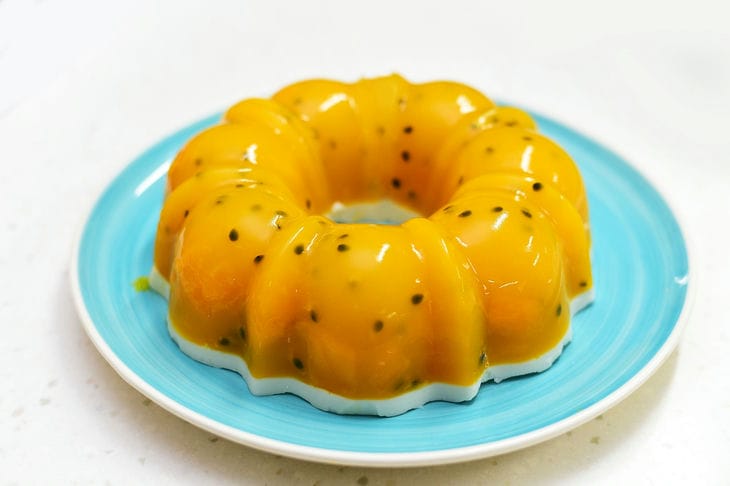If we briefly answer the question of whether jelly is good for children or not, the answer will be: it depends on which side you look at it from.
Yes, of course, the composition of jelly is better than most store-bought cakes and pastries, but there are some nuances here, so we suggest looking into this topic in more detail.
At what age can children be given jelly?
If the treat is made using agar-agar or pectin, it can be included in the child's diet from the age of 1. If the composition contains gelatin, it is better to wait until 3 years.
The reason is that gelatin, which is produced using connective tissue, bones and animal skin, is a rather heavy product, and its consumption before the age of 3 is fraught with food allergies and digestive problems.
What is better - to buy jelly or to make it yourself?
The main thing to pay attention to before giving jelly to your child is its composition. The best option is if the ingredients list only juice (compote) from fruits or berries, thickener and sugar. Such a product can be found in the store or prepared at home - there is no difference.

Why Jelly Is Healthier Than Cakes
Compared to most confectionery products, jelly is not as dense and heavy, and contains less sugar and fast carbohydrates.
Agar-agar is rich in iodine, and juices and compotes retain some vitamins and minerals even after heat treatment.
Earlier we talked about young nettles in the children's menu.








